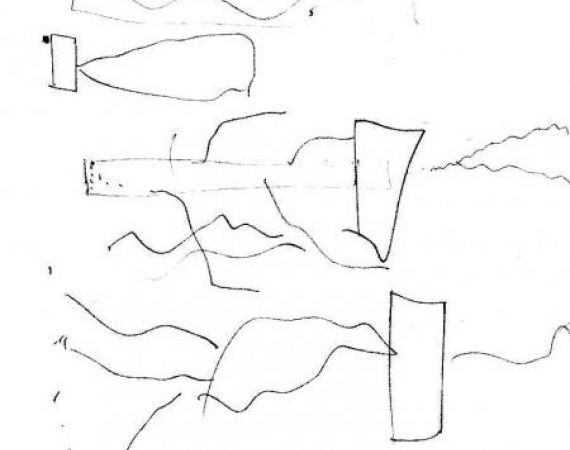Posted on Sun 21 Oct 2012
Mentoring session with Andy Keep
I decided it would be great to have a mentor for this project, and so I invited Andy K

I decided it would be great to have a mentor for this project, and so I invited Andy Keep to ‘mentor’ me through the project. Andy has helped me in this way before when I’ve been preparing for presentations – and he’s really good at asking questions that help me clarify my thoughts and push my ideas further than I might have on my own – and importantly, finding ways to clearly articulating my ideas in words.
We met up, so I could introduce him to my aims and ideas for the project, and to go over my plans for the Bedford choir workshops. The image is a page from my notebook – as we discussed various strategies for structuring the composition. Lots of things Andy talked about were really close to how I work with sound and composition, so it was really brilliant to find ways to articulate thee methods. One thing that fixed in my mind was to make sure I don’t over-complicate the piece, and to make sure there are ‘moments of clarity’ when it is very explicit to the audience exactly what is happening with the vocal transformations made with the distance sensing technology. It means I can then build on that, extend the ideas into something more layered and complex, but to insure there are moments when it is very ‘readable’ so the ‘bio-mimicry’ idea behind the piece comes across to the audience and the relationship between what the choir doing, and specifically how bats use sound is understandable.
My plan is to create the piece during the workshops, by trying out ideas / tasks / and mini open scored compositions – and to then work on how to order these micro-pieces, how long they should be and how to transition between them. It’s a bit of a ‘chicken-egg’ process – as I won’t know how my ideas work with the choir and electronics until I try them out – which will hopefully chance and evolve the ideas, - there will (hopefully) be all kinds of surprises in store. So – I am planning to devise the piece in collaboration with the choir members…